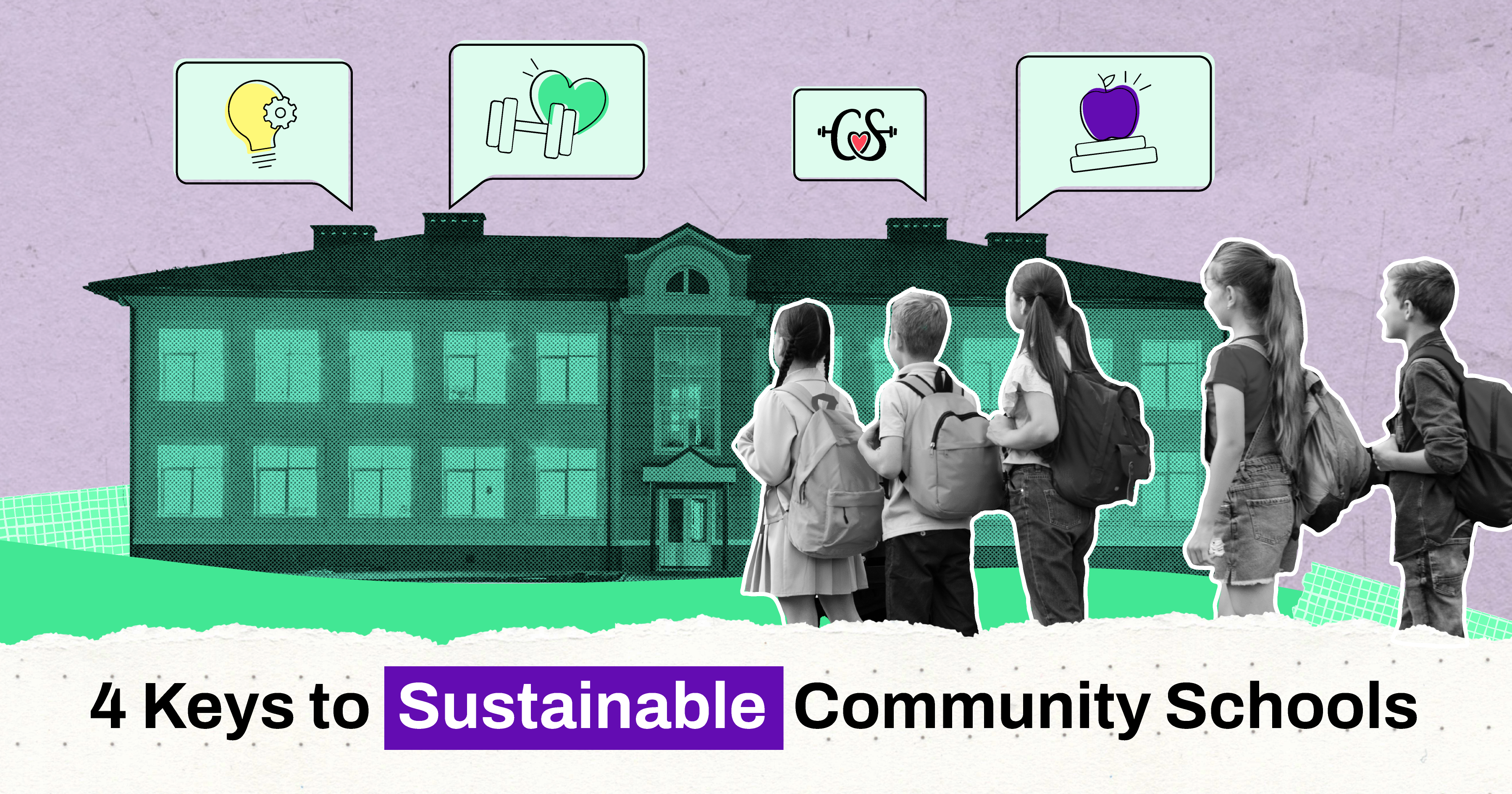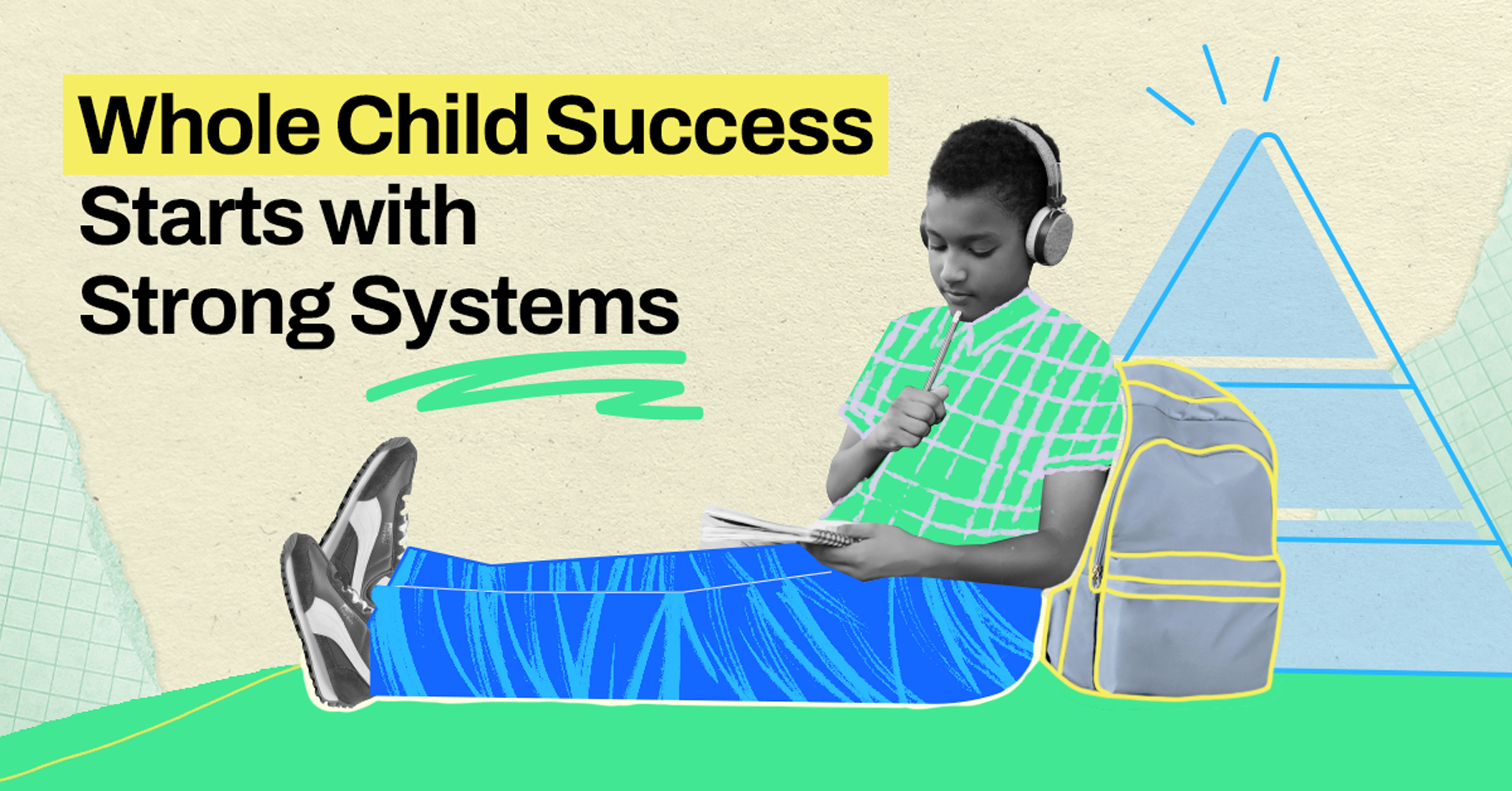5 Ways MTSS Goes Wrong at the District Level—and How to Get It Right
For the past 15 years, I’ve worked with districts across the country to integrate the implementation of evidence-based practices into a cohesive Multi-Tiered System of Supports (MTSS). Through this work, I’ve seen firsthand how pivotal district infrastructure, leadership, and long-term sustainment are in determining whether MTSS results in better outcomes for students—or whether it becomes just another initiative that fades over time.
When MTSS is well implemented, it transforms student support systems, making them proactive, data-driven, and aligned. But too often, districts encounter barriers that stall implementation and prevent the system from functioning as intended. Here are five common pitfalls districts face—and what they can do to avoid them.
1. Siloed and Fragmented Implementation
One of the biggest ways MTSS fails at the district level is when different departments work in isolation rather than coming together to integrate efforts. Without a cross-departmental team guiding the work, MTSS gets rolled out in disconnected tracks—academic interventions are handled separately from behavior supports, and social-emotional and mental health initiatives run on their own.
This lack of cohesion leads to confusion and overwhelm at the school level. Educators receive mixed messages, and instead of experiencing a unified framework that supports all students, they see MTSS as just another set of disconnected initiatives. To get it right, districts need a leadership team that includes key stakeholders across departments, working together to align efforts into a single, cohesive system.
2. MTSS Stalls at Concepts, Handbooks, and Diagrams
Another common misstep is when MTSS never moves beyond theoretical discussions, lengthy handbooks, or visuals like the familiar triangle or umbrella graphic. While these visuals can be helpful in explaining the framework, educators don’t implement diagrams—they implement concrete practices.
For MTSS to work, Tier 1 must be operationalized into specific, evidence-based practices that every educator implements for every student. The same applies to Tiers 2 and 3, with clear definitions of interventions, progress monitoring, and decision-making processes. Districts need to move beyond awareness-building and ensure that educators receive practical guidance on what MTSS looks like in daily practice.
3. No Shared Clarity on Outcomes, Practices, and Support Systems
Many districts launch MTSS without establishing clear answers to three critical questions:
- What are the key student outcomes we aim to achieve?
- What are the core educator practices that will drive those outcomes?
- What systems of support will help adults implement those practices effectively?
Without this shared clarity, confusion takes hold, and implementation falters. Educators and school leaders need to understand not just the “why” behind MTSS but also the “how.” Districts must define the essential practices at each tier and ensure the necessary training, coaching, and feedback loops are in place to support educators in implementing them with fidelity.
4. No Plan for Long-Term Sustainability
Even when districts launch MTSS successfully, they often fail to plan for what it will take to sustain high-quality implementation over time. MTSS is not a one-time initiative—it’s an ongoing system that requires continuous attention, resources, and leadership.
Sustainability challenges often arise due to leadership turnover, competing priorities, and insufficient systems for maintaining momentum. To avoid this pitfall, districts must start with the end in mind—building long-term capacity, embedding MTSS into policy and professional development structures, and ensuring that systems are in place to maintain implementation even as leadership and staffing change over time.
5. Weak Two-Way Communication Between District and School Leaders
MTSS implementation ultimately succeeds or fails at the school level because that’s where educators interact with students every day. Yet too often, there’s a disconnect between district leadership and site-based teams, with schools left to interpret and implement MTSS without ongoing guidance and support.
For MTSS to take hold, building leadership teams need to be empowered with the knowledge, tools, and resources to support educators effectively. District leaders must maintain open, two-way communication with schools, ensuring that they’re not just setting expectations but also listening, problem-solving, and providing the support necessary for MTSS to be implemented successfully.
Getting MTSS Right with a Strong District Infrastructure
The good news? These pitfalls can be avoided with deliberate and intentional action. By building a strong infrastructure, fostering collaboration across departments, operationalizing MTSS into daily practices, clarifying key outcomes, planning for sustainability, and maintaining open communication with schools, districts can ensure that MTSS becomes a lasting system that truly benefits students.
At CharacterStrong, we know that successful MTSS implementation requires more than just frameworks and theories—it requires a thoughtful, integrated, and sustainable approach. Our implementation consulting team partners with districts to align MTSS efforts, build leadership capacity, and ensure that systems are in place to support educators in delivering high-quality, tiered supports. If you’re ready to take the next step in strengthening your district’s MTSS implementation, we’d love to be a partner in your journey. Book a call to get started today. Let’s work together to make meaningful, lasting change for students.


